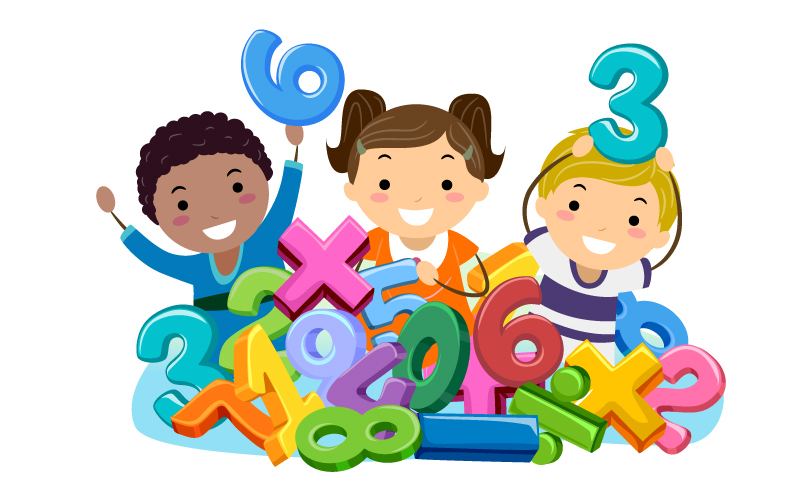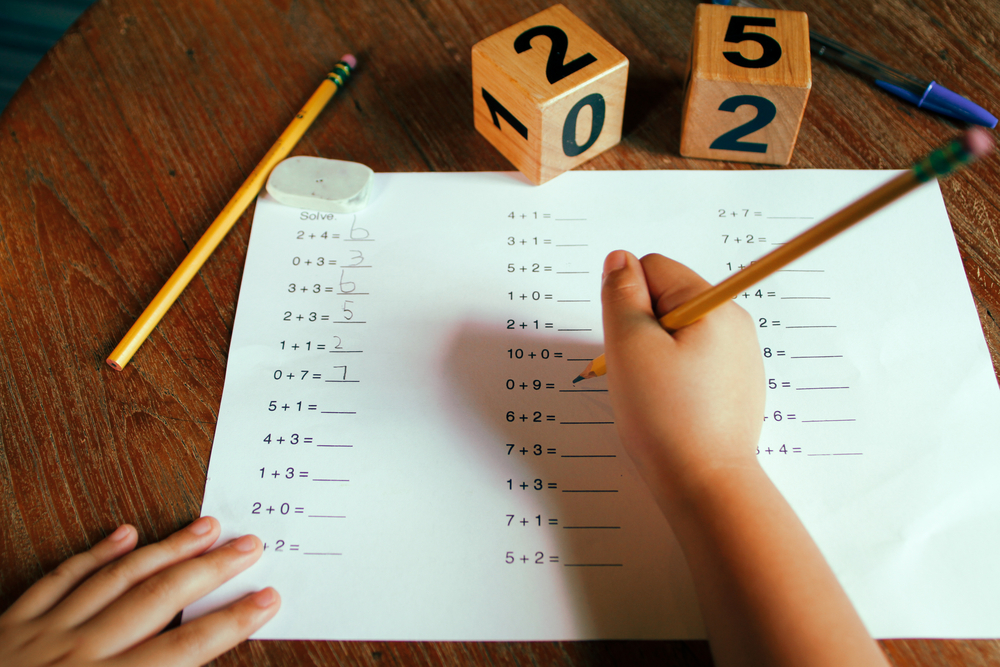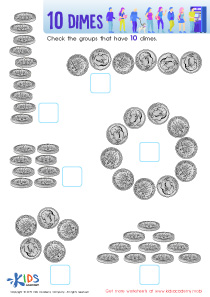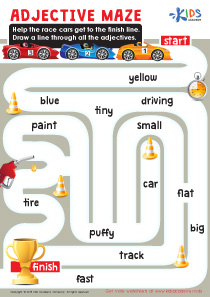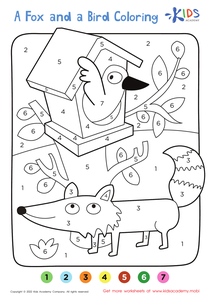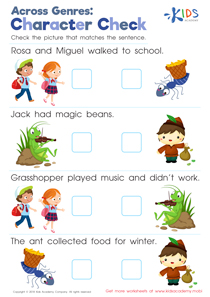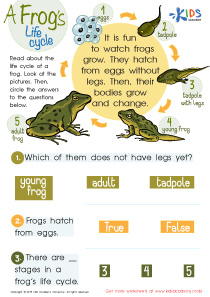L.2.1.D Conventions of Standard English worksheets With Answers for Grade 2
2 filtered results
Difficulty Level
Grade
Age
-
From - To
Subject
Activity
Standards
Favorites
With answer key
Interactive
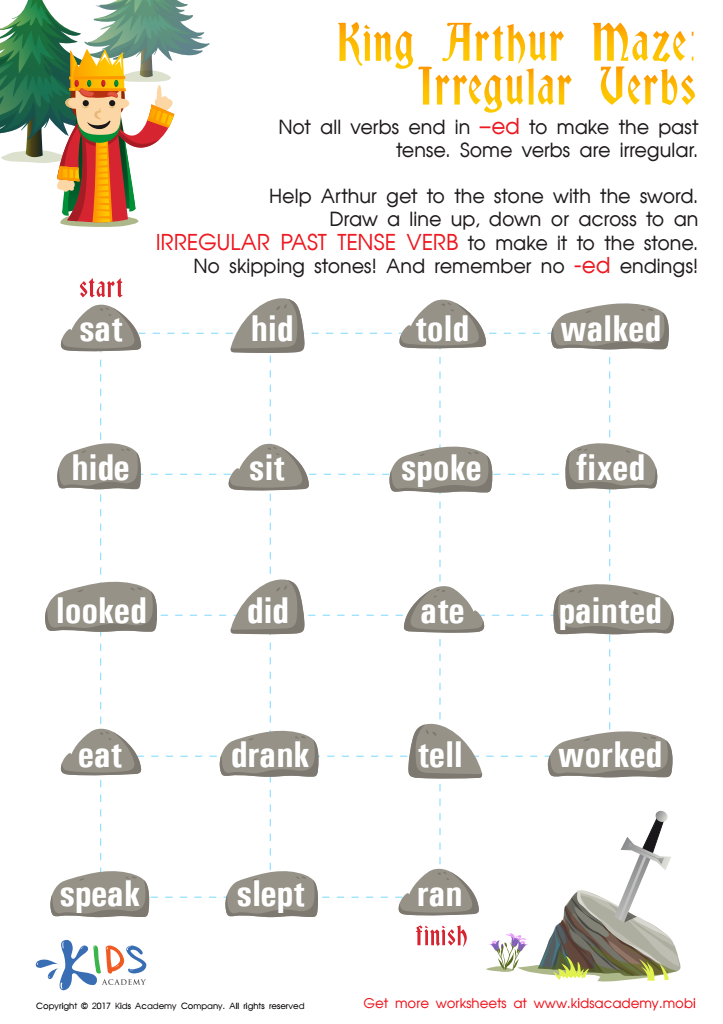

Irregular Verbs: Stones Worksheet
Learning irregular verbs takes work. 2nd grade worksheets focus on present and past forms. Kids can help King Arthur get to the stone by picking the right past form of the verbs on the stepping stones.
Irregular Verbs: Stones Worksheet
Worksheet
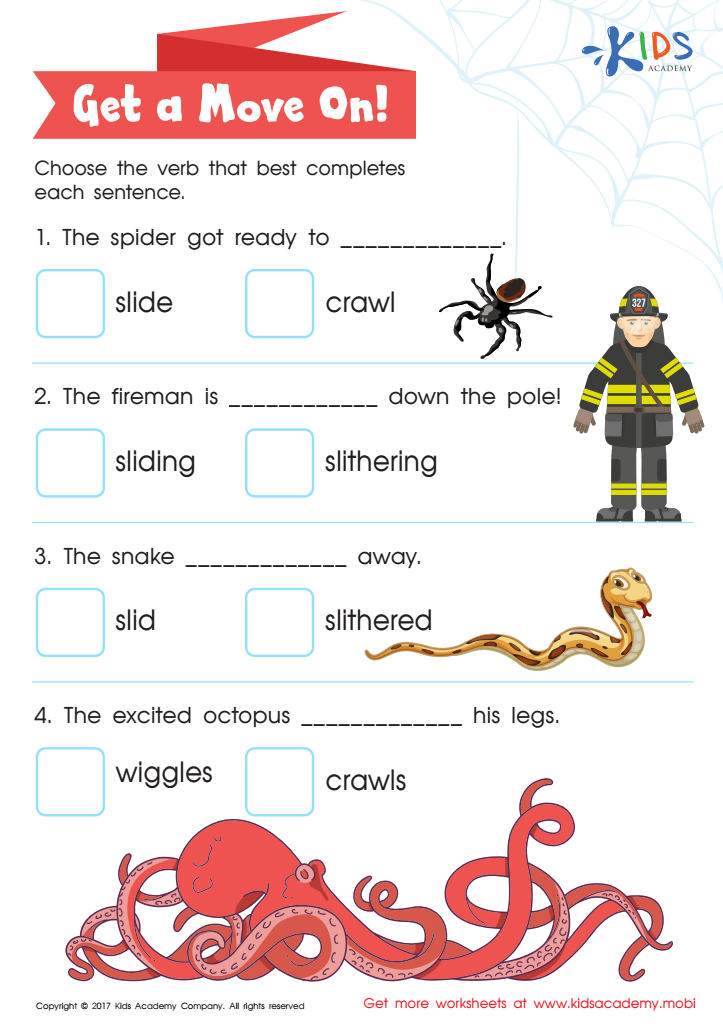

Verb Worksheet
Help your child learn verbs with this fun verb worksheet for grade 2! Firemen slide down poles, spiders crawl - they'll learn while they select the right verb in each sentence.
Verb Worksheet
Worksheet
 Assign to the classroom
Assign to the classroom
